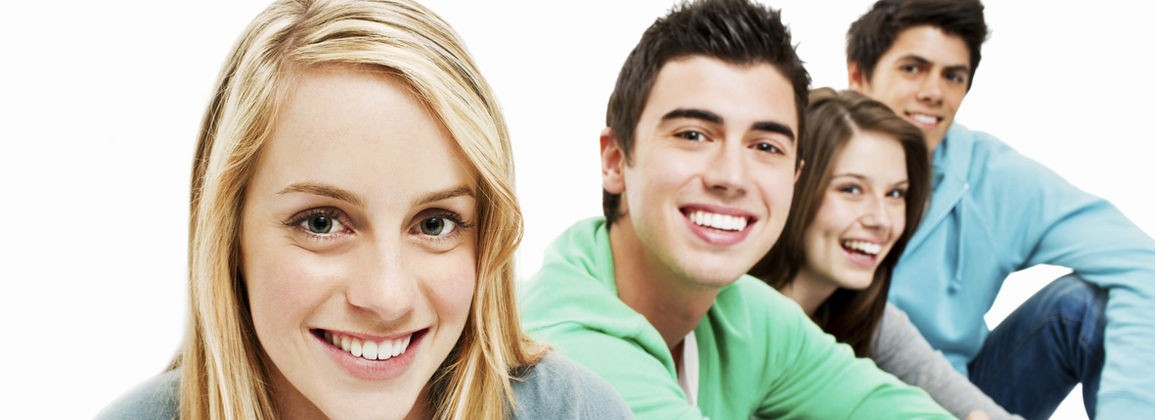There has been a lot of talk about the fact that the population of the earth will be up to 9 billion by 2050. In order to feed this increased number of people, it is estimated that current food production will have to double, which is difficult to predict due to pressure on natural resources.
Land areas are scarce, overfishing in the oceans is common and climate change and associated complications such as water scarcity can have serious consequences for world food production. We need to find new ways to get nutrition.
Insects have been a part of humankind's nutritional source for centuries. Today, insects are estimated to be part of the diet of two billion people, while there is widespread hatred for their consumption, and even existence, in some societies. Although the majority of edible insects are hunted in their homeland, large-scale innovation in breeding has been gaining ground. It is uncertain how many westerners will react to this development, but it is clear that it must start somewhere, because insects can also be used as a source of nutrition for the cultivation of more traditional proteins such as fish, but Matís began research on Black in 2012 the military fly, Hermetia illucens (See here: http://www.matis.is/matis/frettir/nr/3738) for the purpose of developing high quality flour that would be used in feed for fish.
Matís was a participant in the international conference Insects to feed the World, which took place in the Netherlands on 14-17. May 2014, where he presented his research on the Black Soldier Flight. One of the aims of the study, which is related to the project From green pastures to fish stomachs, was to examine the effect of different organic waste on the nutritional content of the larvae. Among other things, tomatoes, apples and leftover food from Matís' kitchen were tested. The results showed that it is possible to have a great influence on the nutritional content of the larvae with different foods as well as the larva is extremely powerful in the decomposition of waste and it converts the food into high quality protein and fat.
There were many interesting things to learn at the conference and it was very surprising how much progress there has been in this sector, especially in Europe and the United States. However, Europeans are subject to the restriction that EU regulations prohibit the production of insects as food or feed. However, these rules are under review. In the United States, insects can be produced in this way if the larvae's food is considered fit for human consumption. This has created a large market for, for example, vegetables that have to be thrown away due to packaging defects. Two large companies in the west coast presented their activities at the conference, which produce large quantities of flour for fish feed. The production is very environmentally friendly compared to, for example, pork or beef production and requires much less water and land. Part of the fat content of the larvae is extracted and sold to the cosmetics industry, and finally the larvae are sold as high quality fertilizer. There will therefore be considerable potential for insect breeding in the future.

Further information is provided by Birgir Örn Smárason, PhD student at Matís.

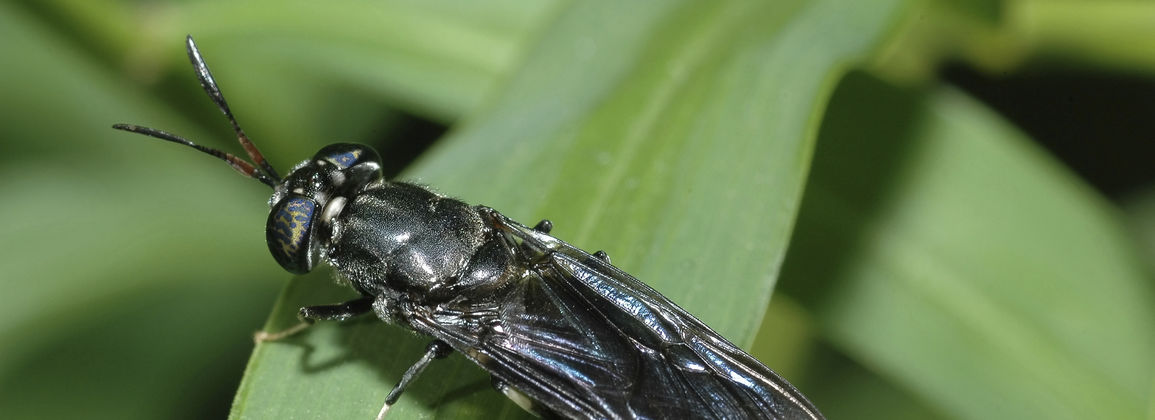
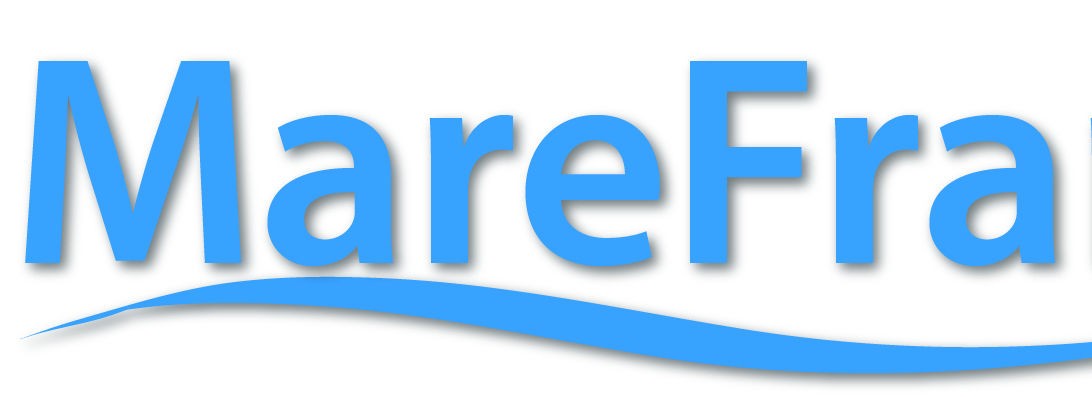
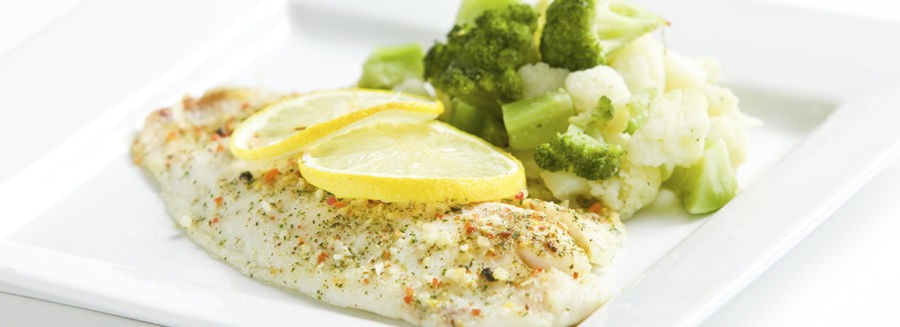

 Figure 1. Temperature inside ice mats from Promens Tempra and gel mats from Ísgel during thawing.
Figure 1. Temperature inside ice mats from Promens Tempra and gel mats from Ísgel during thawing.

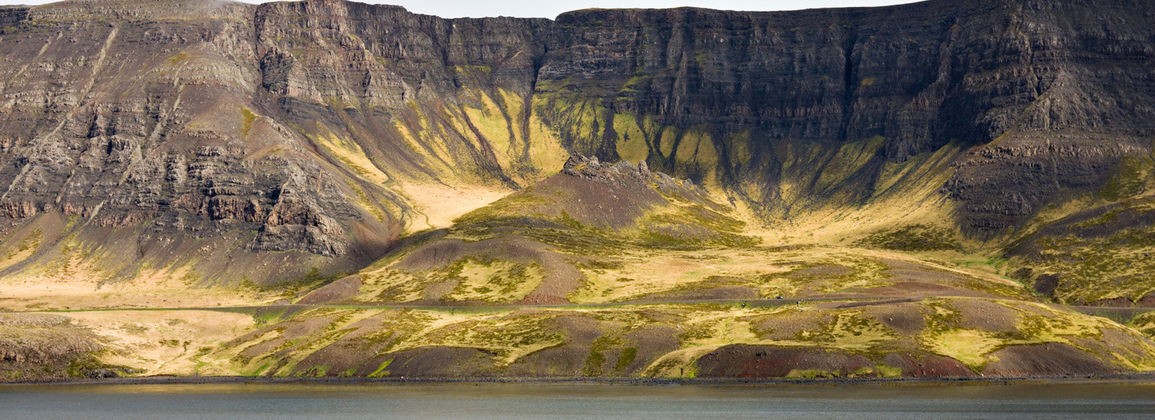
 From today's signature. Sveinn Margeirsson, CEO of Matís (farthest), Lárus Ástmar Hannesson, Mayor of Stykkishólmsbær, Björn Steinar Pálmason, Mayor of Grundafjaðarbær and Kristinn Jónasson, Mayor of Snæfellsbær.
From today's signature. Sveinn Margeirsson, CEO of Matís (farthest), Lárus Ástmar Hannesson, Mayor of Stykkishólmsbær, Björn Steinar Pálmason, Mayor of Grundafjaðarbær and Kristinn Jónasson, Mayor of Snæfellsbær.


